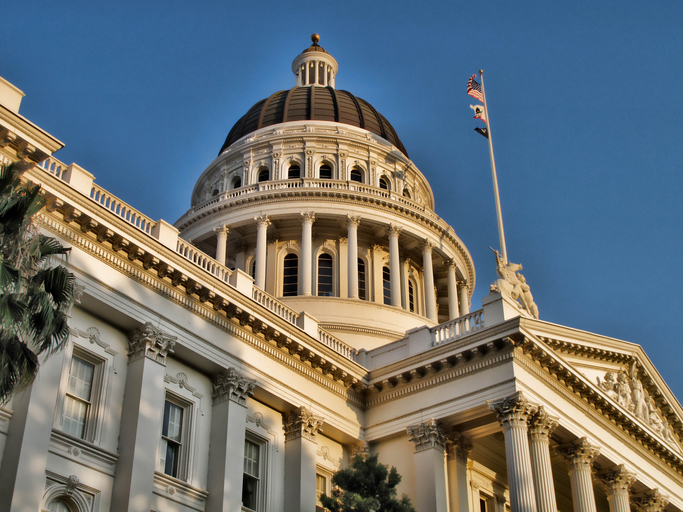Outlawing work reduces employment, a study of California’s law classifying free lancers and contractors as employees found.
by Sean Higgins
George Mason’s Mercatus Center has provided further proof that California’s AB5 law, which was intended to boost worker employment by preventing them from being misclassified as freelancers, has in fact done more harm than good. A new working paper finds that the 2019 law reduced overall employment in the Golden State by 4.4 percent and freelance employment there by 10 percent.
The Mercatus analysis was titled “Assessing the Impact of Worker Reclassification: Employment Outcomes Post-California AB5.” It found no meaningful increase in employment of any kind by the law. Instead, the law simply resulted in less hiring and work overall as workers and employers alike became fearful they would run afoul of state regulators.
“Our findings suggest that AB5 did not merely induce employers to hire former independent contractors as traditional employees and that the reduction in self-employment was not accompanied by an equal increase in traditional employment. Thus, AB5 may have reduced overall employment and labor force participation,” the authors conclude
California’s law was the leading edge of a broader trend by progressive activists to tackle supposed “worker misclassification.” This is the assumption that employers were abusing workers by classifying them as “independent contractors” when they are really traditional employees. The latter receive the protection of federal regulations covering things such as overtime and unemployment. Contractors, by contrast, aren’t covered by such regulation. The trade-off is that contractors can control the hours that they work. Many workers prize that flexibility – and lost it under AB5.
The law allowed employers to hire independent contractors only in situations where the workers were: A, free from direct control by the employer; B, performed work outside of the employer’s normal business, and; C, where the workers “customarily” did the type of work they were being hired for. In all other situations, the workers had to be traditional employees.
In theory, this was intended to force employers to hire more traditional workers. In practice, it effectively outlawed a wide swath of freelance work. The second part of the rule – preventing companies from hiring contractors if the work involved was part of their regular business – was particularly troublesome. It meant, for example, that a magazine couldn’t publish stories by freelance writers or pictures by freelance photographers. Rather than try to navigate these situations, many employers and workers pulled back entirely.
“Among full-time self-employed workers, we find that worker reclassification reduced the level of employment by 8.1 percent,” the authors found. “Among part-time traditional workers, we find that worker reclassification decreased the level of employment by 15.2 percent independent contractors.”
CEI’s research has shown that AB5 had other negative side effects as well, such as harming the Coronavirus response.
Progressives are disputing the analysis. Economic Policy Institute President Heidi Sheirholz told Bloomberg that even if employers stopped hiring contractors due to the law, that shouldn’t have affected traditional employment. “That would make traditional employment go up, or at least not fall. There’s just really no story where traditional employment would fall.”
Her analysis ignores the possibility that by not hiring contractors some companies ended up doing less business overall and therefore needed fewer traditional employees.
The lesson here is that if you treat economics needn’t be a zero-sum game. More economic activity can benefit everyone by boosting the economy overall. It just needs to be allowed to happen.
Originally published by the Competitive Enterprise Institute. Republished with permission.
For more Budget & Tax News.











